Ernest Hemingway, the famous writer, traveled more than most
Ernest Hemingway was an American writer from Chicago and journalist born in 1899 known for his original and distinctive almost shortcode-like writing style and unbelievably adventurous life. He traveled a lot in his life and found deep personal inspiration in almost all the places he visited. Here are some notable places that Hemingway visited and wrote about:
Friuli, Italy
In the heart of Friuli, a captivating love affair blossomed between the famous American writer, Ernest Hemingway, and this enchanting Italian region. Hemingway’s connection with Friuli was profound, and it served as a poignant backdrop for his acclaimed novel, A Farewell to Arms, amid the turmoil of the First World War. As a young and brave ambulance driver, Hemingway witnessed the harrowing scenes of suffering, an experience that left an indelible mark on his soul. But through his literary prowess, he turned these impressions into a powerful narrative that resonated with readers around the world and perhaps served as his own form of therapeutic release.
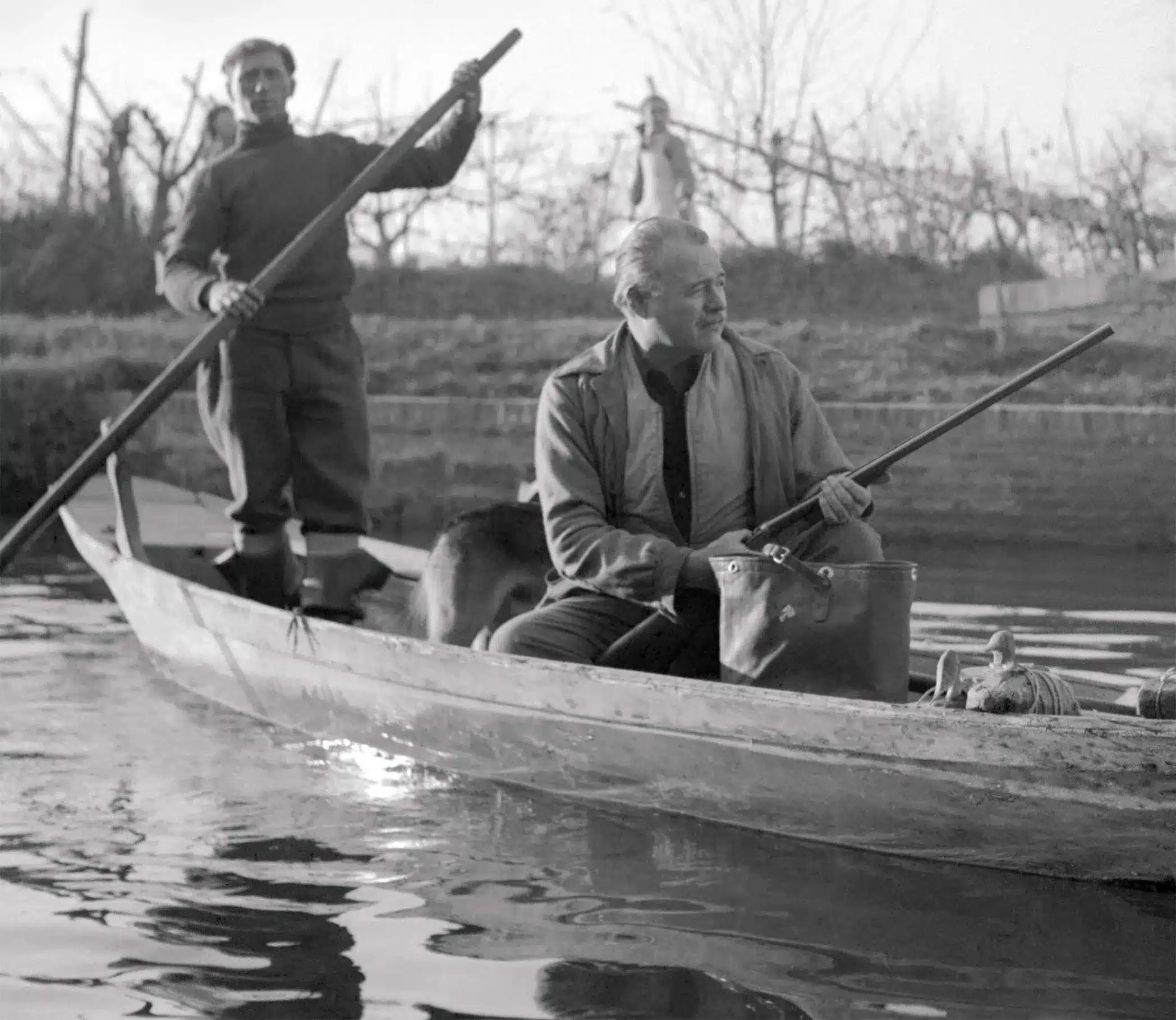
Ernest Hemingway hunting ducks in Friuli
Italy held a special place in Hemingway’s heart and he developed a love for the picturesque town of Pinato and its surrounding countryside, now known as a beloved holiday destination, including the charming Lignano. In Hemingway’s time, Lignano was only a canvas of sandy beaches, a cerulean sea, and high hopes for the future. Once part of a visionary spiral city, Pinato has since become a tangible realization of ambition and achieved fame. A poignant photograph captures Hemingway in this very area, a shoe filled with sand embodying the cherished memories he held dear.
Hemingway and ducks in Tagliamento
Moreover, Hemingway’s love of adventure led him to the tranquil hunting grounds of Tagliamento, where he pursued ducks with impressive zeal. It was during this period that the young writer’s heart was captured by the beauty of a 19-year-old Italian girl, a reminder of his own youth. This passionate encounter inspired Hemingway’s novel, “Across the River and Into the Trees,” a testament to the deep lasting impact of fleeting connections.
Today, traces of Hemingway’s presence can still be found throughout Friuli. The café he visited stands as a living testament to his time in the region, a place where he found solace and inspiration. In addition, a beautiful park in Lignano bears his name, a gracious tribute offered by the city, where visitors can bask in the atmosphere that once touched Hemingway’s soul.
Forever entwined with the spirit of Ernest Hemingway, Friuli kept his memory focused on a lasting testimony to the devotion he had for this captivating corner of Italy.
Friuli, a mountain of hospitality
The Paris Years of Hemingway
Hemingway lived in Paris from 1921 to 1928, which is often called his “Paris years”. He became part of the exiled community of writers and artists and wrote extensively about his experiences in the city. Notable works inspired by his time in Paris include “The Sun also rises” and “A Moveable Feast” about his formative years in 1920 to almost 30 in Paris.
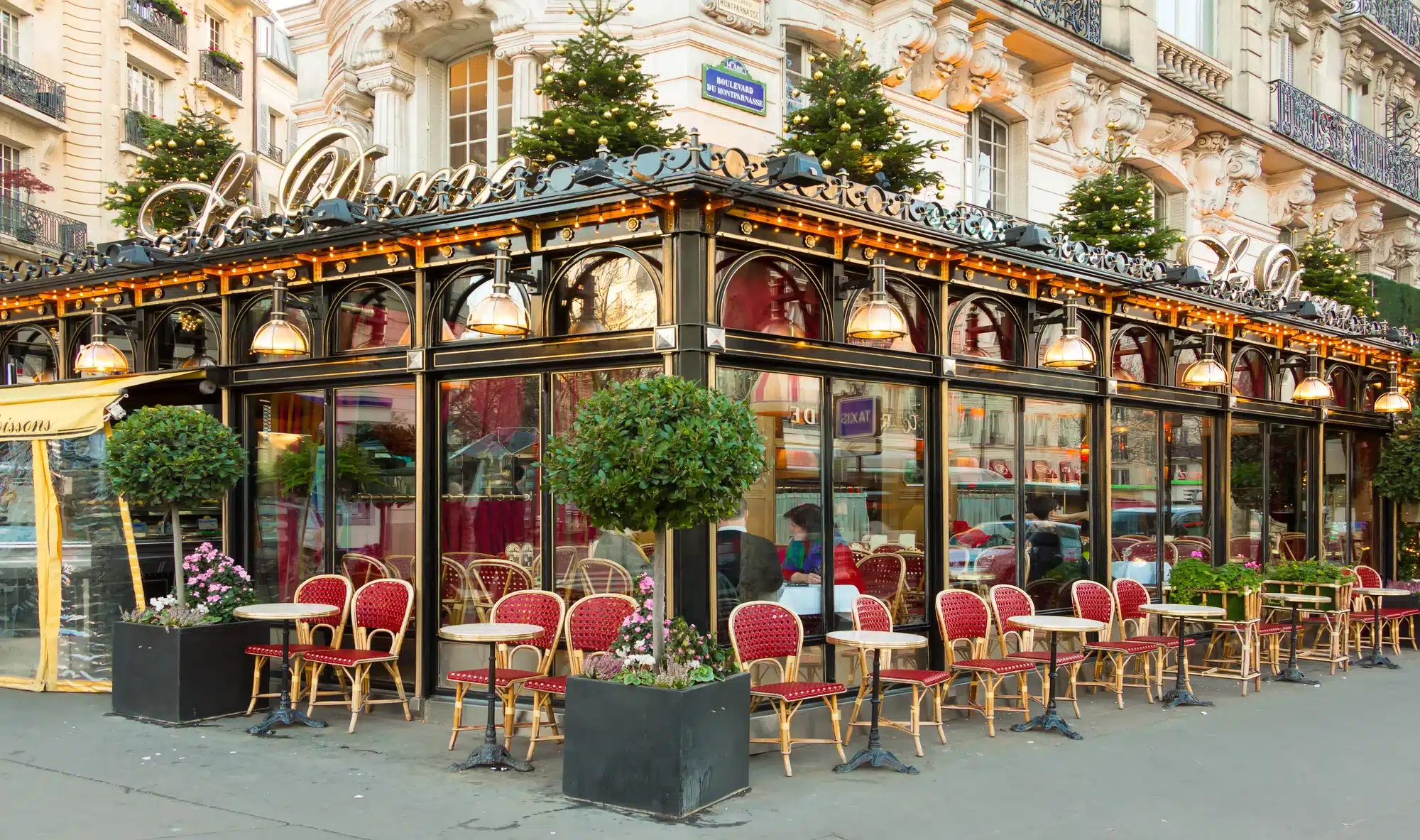
The famous restaurant Le Dome, Paris, France. Here, among others, met Ernest Hemingway and Picasso often
Pamplona and bullfighting in Spain
Hemingway traveled to Pamplona and attended the bullfight, a festival known as the San Fermín festivities. This experience formed the background for his novel “The Sun Takes Its Course”, where he captured the atmosphere and feeling of disillusionment among the lost generation.
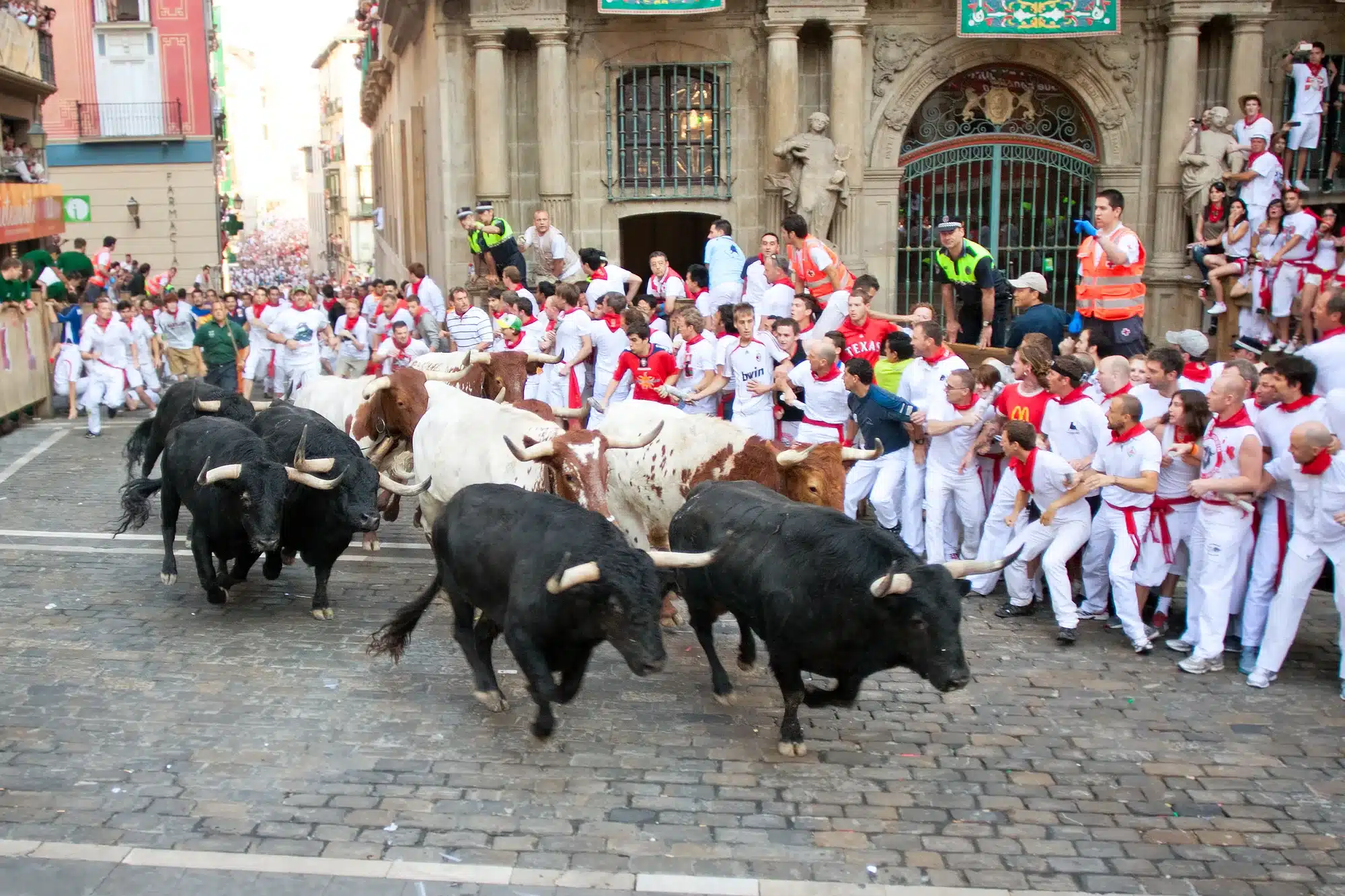
People run from bulls on the street during the San Fermin festival in Pamplona, Spain
Key West, Cuba and the old man and the sea
Hemingway had a strong relationship with the Florida Keys, especially Key West. He lived in Key West from 1928 to 1939 and wrote several works during this time, including “To Have and Not to Have”. Hemingway also spent considerable time in Cuba, where he owned a house called Finca Vigía. It was in Cuba that he wrote one of his most famous works, “The Old Man and the Sea”.

Key West, USA- Ernest Hemingway’s home in Key West. Beautiful, lime-colored villa in Spanish colonial style with a tropical garden around it. Porch and wooden window shades.
Africa was about big game hunting in Kenya, Tanzania, Uganda
Hemingway traveled several times to Africa, primarily to Kenya, Tanzania, and Uganda. His experiences in Africa inspired his short story “Snow of Kilimanjaro” and various short stories in which he depicted hunting adventures and the natural beauty of Africa.
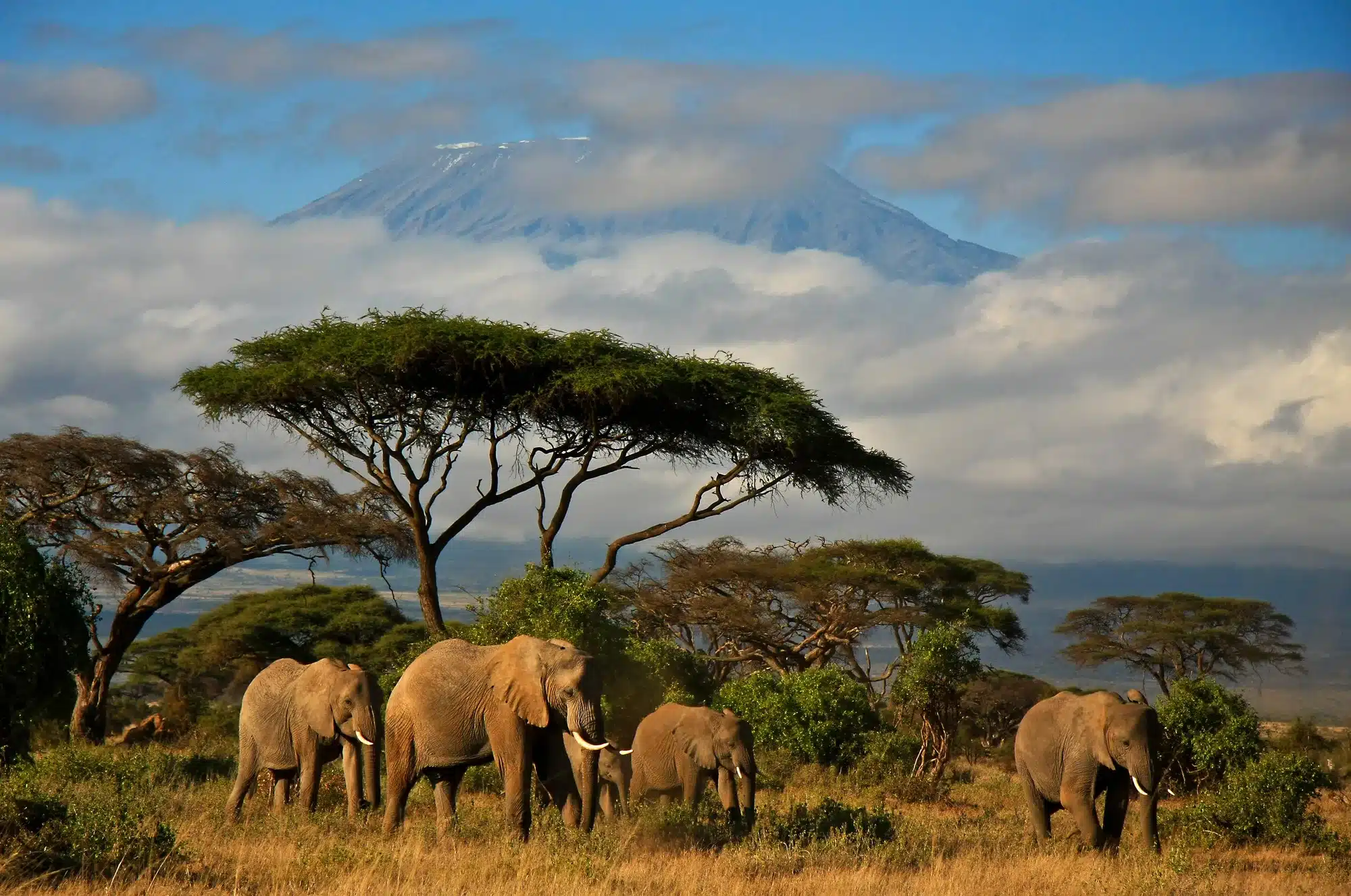
Elephant family in front of Mt. Kilimanjaro, Kenya
Ernest Hemingway’s time in Africa was a significant chapter in his adventurous life. He first visited the continent in 1933, accompanied by his second wife, Pauline Pfeiffer. Over the years, Hemingway had several trips to different African countries, with some of the most notable ones being in Kenya, Tanzania (then Tanganyika), and Uganda.
Kenya:
In 1933, Hemingway embarked on his first African safari in Kenya. He stayed at the famous luxury hunting lodge, the “Safari Club,” located in Nairobi. During this safari, Hemingway and his wife Pauline explored the Kenyan wilderness, venturing into the lush savannas and game-rich areas. The experience of hunting big game, observing the natural beauty, and immersing in African culture left a lasting impact on Hemingway and would inspire some of his later works.
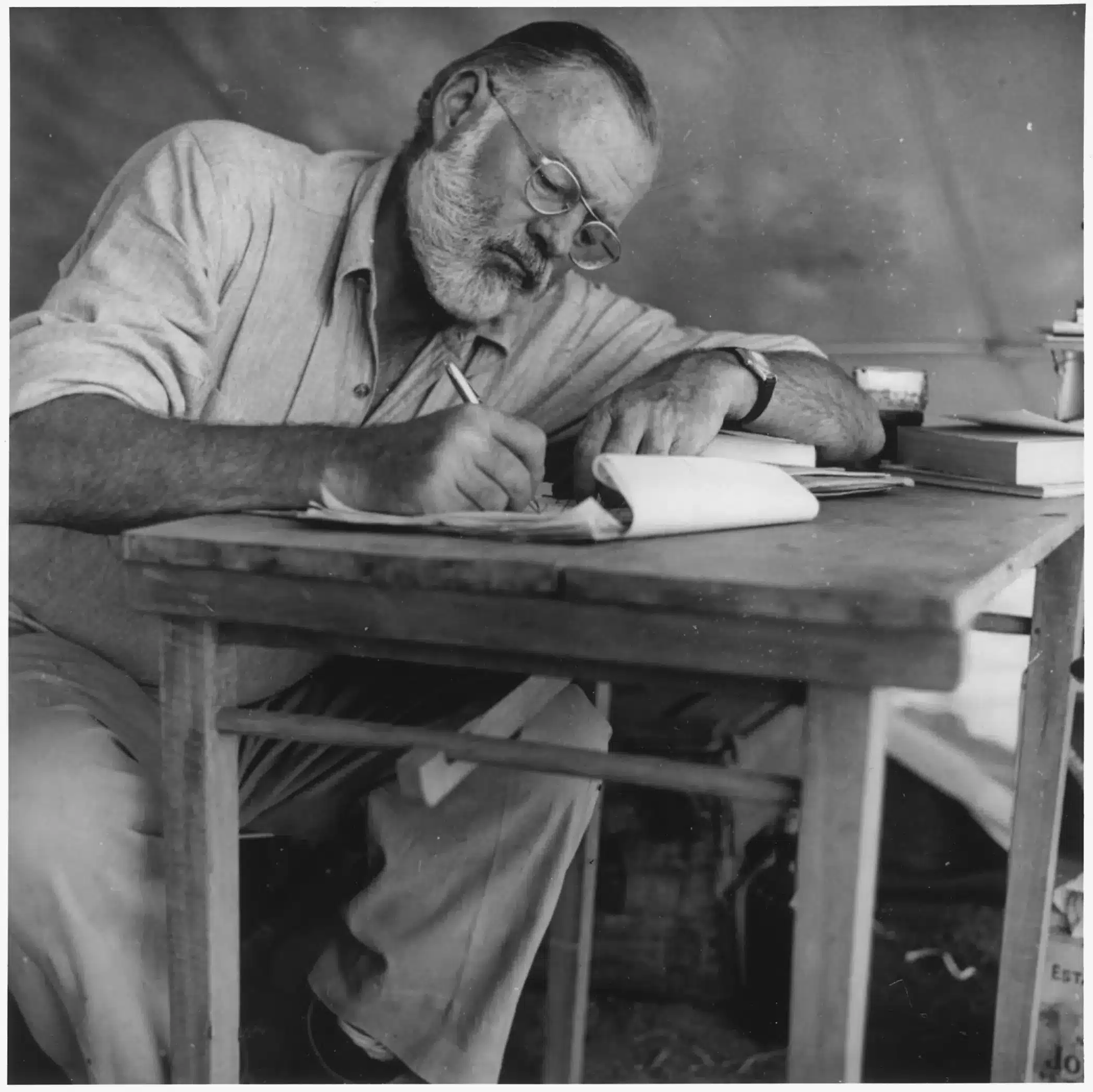
Ernest Hemingway Writing at a Campsite in Kenya
Adding professional hunters to the party in Tanzania
In 1934, Hemingway went on a more ambitious safari to Tanzania (then Tanganyika). He was accompanied by Pauline and was guided by professional hunters. The journey took them to the Serengeti plains, Ngorongoro Crater, and other regions teeming with wildlife. During this expedition, Hemingway pursued big game, including elephants and other large animals, which was a common practice during that era.
Uganda:
In 1954, Hemingway visited Uganda for a particularly memorable trip. Accompanied by his fourth wife, Mary Welsh Hemingway, he went on a safari along the Nile River. The couple enjoyed their time on safari, observing African wildlife and experiencing the beauty of the Nile’s surroundings.
Hemingway’s experiences in Africa deeply influenced his writing. The sights, sounds, and the thrill of hunting and adventure all found their way into his works. Some of his notable African-inspired writings include “The Green Hills of Africa,” a semi-autobiographical account of his time on safari, and “True at First Light,” a posthumously published novel based on his African experiences.
It’s important to acknowledge that hunting practices and attitudes towards wildlife have evolved since Hemingway’s time. Today, there is a strong emphasis on conservation and responsible tourism, and many African countries have implemented strict regulations to protect their wildlife and natural habitats.
Spain again
Hemingway had a strong attachment to Spain and its culture. He covered the Spanish Civil War as a journalist and was deeply affected by the conflict. His novel “For Whom the bells toll” takes place during the Spanish Civil War and reflects his personal experiences and observations.

Almudena Cathedral, Madrid, Visit Spain
Ernest Hemingway lived in many different places during his life.
Here is a simple timeline of his residence from 1895 to 1961:
1895-1919: Hemingway was born in Oak Park, Illinois, and spent his early years there.
1919-1920: After serving in World War I, Hemingway lived briefly in Toronto, Canada.
1921-1928: Hemingway lived in Paris, France, during his formative years as a writer.
1928-1939: He lived in Key West, Florida, and spent a significant amount of his time there.
1939-1940: Hemingway lived temporarily in Wyoming, specifically in the town of Jackson Hole.
1940-1959: He settled in Cuba and owned Finca Vigía near Havana, where he spent most of his time.
1959-1960: After the Cuban Revolution, Hemingway left Cuba and lived in Ketchum, Idaho.
1960-1961: Hemingway’s last residence was in Ketchum, Idaho, where he tragically ended his life in 1961.
Note that this is a general overview and Hemingway traveled to and stayed in various other places during his life, but these are some of the most significant places associated with his writing and personal life.
Did Hemingway live in northern Italy as a young man?
Yes, Ernest Hemingway lived in northern Italy as a young man. In 1918, during World War I, Hemingway was called to serve as an ambulance driver for the American Red Cross in Italy. He was stationed in the town of Schio in northern Italy, where he worked close to the front line and participated in rescue operations. Here Hemingway experienced the horrors and traumas that later characterized his writing, including in his novel “A Farewell to Arms”, which took place during the war and is partly based on his own experiences. So yes, Hemingway lived as a young man in northern Italy during his service as an ambulance driver.
The people of Friuli loved him so much for his heroic service as an ambulance driver during the first world war and subsequent visits they named a plaza after him.
Where is Schio?
Schio is a town in the northern part of Italy. It is located in the province of Vicenza in the Veneto region. Schio is located about 25 kilometers north of the city of Vicenza and about 70 kilometers west of Venice.
No, Schio is not in the region of Friuli-Venezia Giulia, which Hemingway also loved. It is located in the Veneto region, just in the province of Vicenza in Veneto. Friuli-Venezia Giulia is a separate region located further northeast in Italy, bordering Slovenia and Austria.
He also wrote about his experiences in Italy in some of his works, including the novel “A Farewell to Arms”, which took place partly during the First World War in Italy.
In Hemingway’s footsteps
Friuli in beautiful, north-eastern Italy
Paris; Vuitton, Louvre and Orsay, the city of cities awaits you
Travel to Cuba delivers unparalleled adventures.
Safari in Kenya from Masai Mara to Laikipia
Travel to Africa and 20 new travel countries
Hemingway’s writing
Ernest Hemingway is one of the most influential American writers of the 20th century and won both the Pulitzer Prize and the Nobel Prize. Some of his best-known works include “The Old Man and the Sea”, “A Farewell to Arms”, “For Whom the Bell Tolls” and “The Sun Also Rises
Other famous travelers
Jacques Cousteau, the world´s most famous diver




